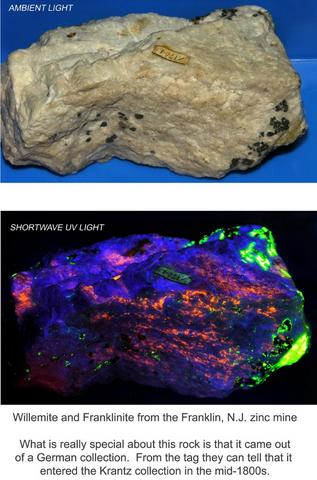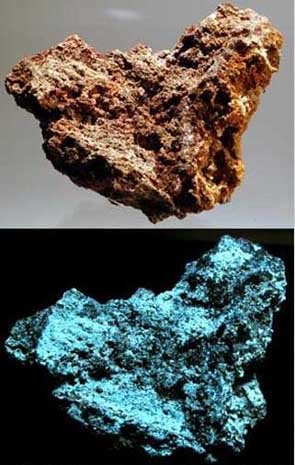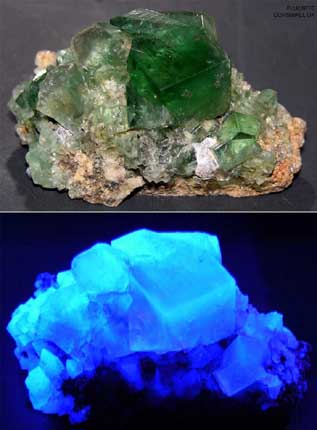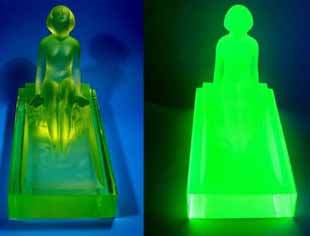Visible Wavelength
 In air the human eye can see colors from violet, approximately 380 nanometers (nm), to red at about 750 nm. When you are underwater the visible spectrum that your eye can see is reduced to a more narrow range.
In air the human eye can see colors from violet, approximately 380 nanometers (nm), to red at about 750 nm. When you are underwater the visible spectrum that your eye can see is reduced to a more narrow range.
-
One nanometer (nm) is one millionth of a millimeter.
A color of light can be described by its frequency or its wavelength, just like radio or TV waves. And there are indeed colors of light beyond red (infrared) and below violet (ultraviolet). Infrared light can be felt by humans as heat in a heating lamp. Some animals are capable of seeing the light that the human eye is not capable of seeing. Some snakes can see quite well in the infrared, and other animals can see well in the ultraviolet spectrum.
Some animals are capable of seeing the light that the human eye is not capable of seeing. Some snakes can see quite well in the infrared, and other animals can see well in the ultraviolet spectrum.
When ultraviolet light (which is not visible to the human eye) shines on certain things, light which is indeed visible to the human eye is emitted. Sometimes quite brightly. This process is known as fluorescence.
The ultraviolet light that is easy and cheap to make is know as long wave (LW), or roughly 368 nm. This is what I call “plain old hippie black light.” These lights are readily available at a very reasonable cost. Certain minerals do indeed fluoresce quite well when illuminated by long wave UV light, for example many rubies, some calcites, and the mineral fluorite.
A much more expensive and difficult light to make is called shortwave UV (SW). It has a wavelength of 254 nm. Many more minerals fluoresce well under shortwave UV light than under long wave UV light.
much more expensive and difficult light to make is called shortwave UV (SW). It has a wavelength of 254 nm. Many more minerals fluoresce well under shortwave UV light than under long wave UV light.
More recently people have begun using medium wave (MW) lights which have a wavelength of approximately 312 nm. It is interesting to see that some minerals which do not fluoresce at all, or not very well at all, when illuminated either by SW or LW UV light do indeed fluoresce very brightly when illuminated by medium wave ultraviolet light.
-
A few minerals fluoresce in different colors depending upon whether they are illuminated by long wave or short wave ultraviolet light. And a very few special ones are different in all 3 wavelengths, plus they continue to shine (phosphorescence) once all UV light is extinguished. And the phosphorescence frequently is in another color still.
One of the concepts that I find fascinating is that visible light is exactly the same thing as radio waves, microwaves, or x-rays. It is just a different color (wavelength). -- Think about that for a moment!
-
Fluorescent Minerals: http://www.flickr.com/gp/55922094@N00/46Y9a8
LINK: http://en.wikipedia.org/wiki/Uv_light
-
-
-
-
-
-
-















